Western Trillium
Last updated June 14, 2023. All photos by the author.
Also known as Pacific trillium and western white trillium, Trillium ovatum can be found in moist forest in southern British Columbia and the Pacific northwest of the United States. This USDA page has good information on western trillium.
The following photos were taken in late April two years apart in Burnaby. Initially bright white, trillium flowers quickly decay to pink then dark purple as the pollinated flower starts making the fruit. I read that trillium flowers do not produce nectar, only nutritious pollen sought after by various insects. Trillium is a long lived perennial (up to 25 years!) that is easy to identify due to it’s relatively large leaves (compared to the other woodland flowering plants it normally grows near) and distinctive 3-petaled flower.
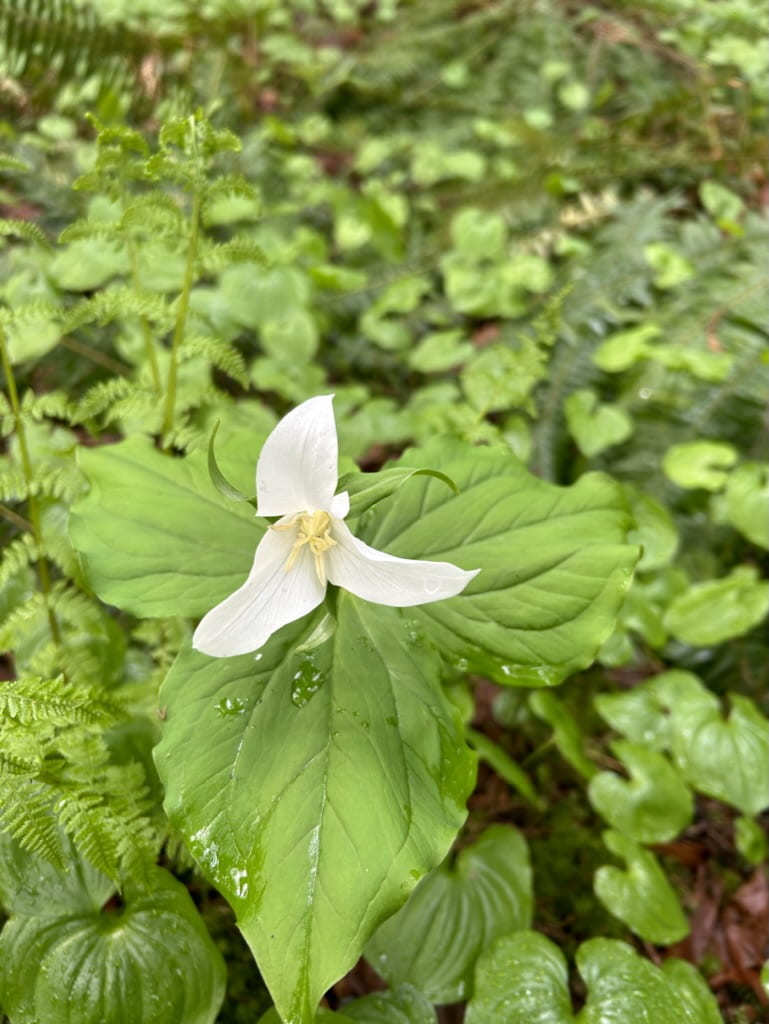


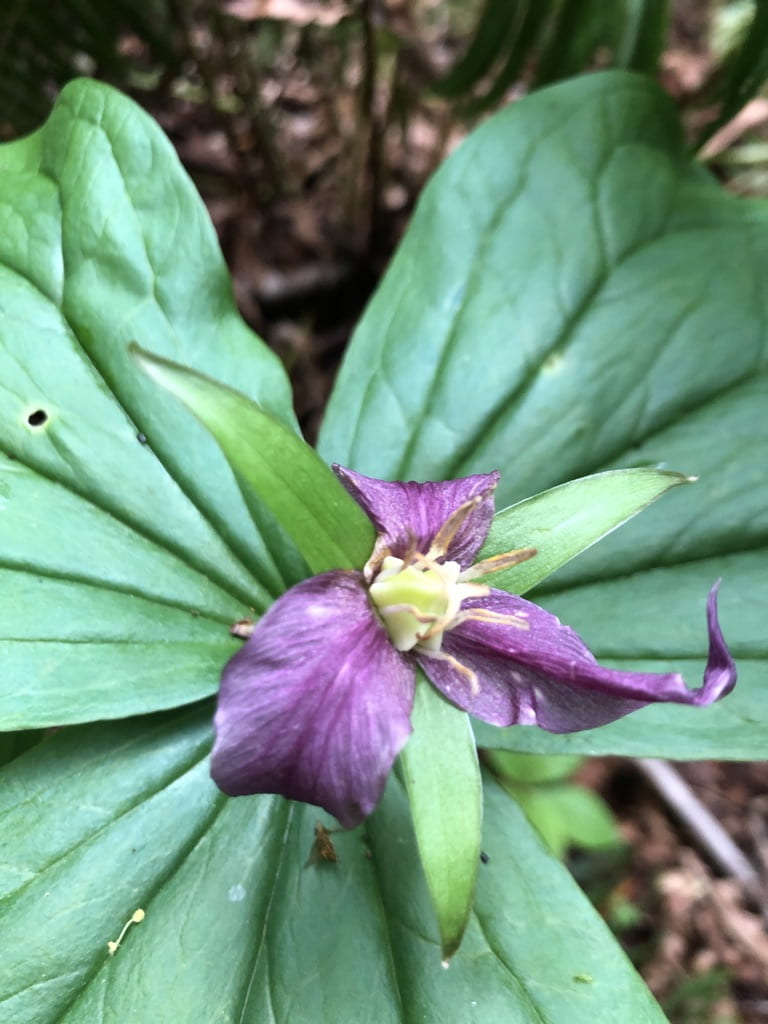

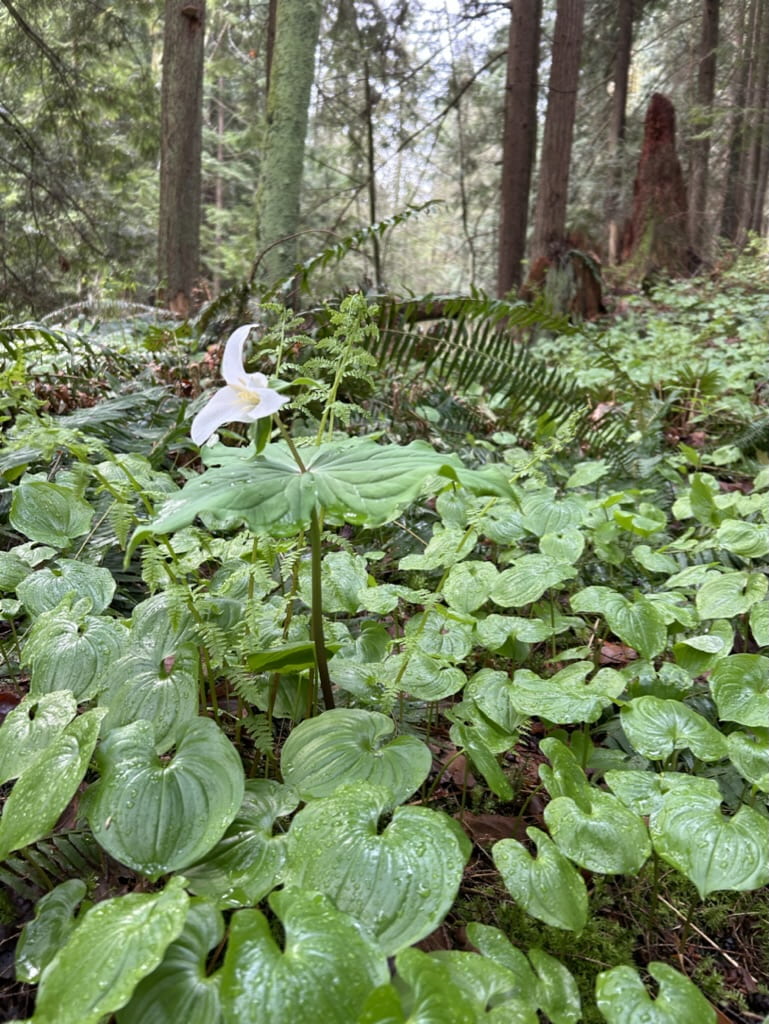


This week I went for a walk and found the following western trillium plant. Now that I am constantly looking for flowers, I often wonder what the fruit looks like, and western trillium is no exception. I plan to go back in a few weeks and see what progress has occurred.
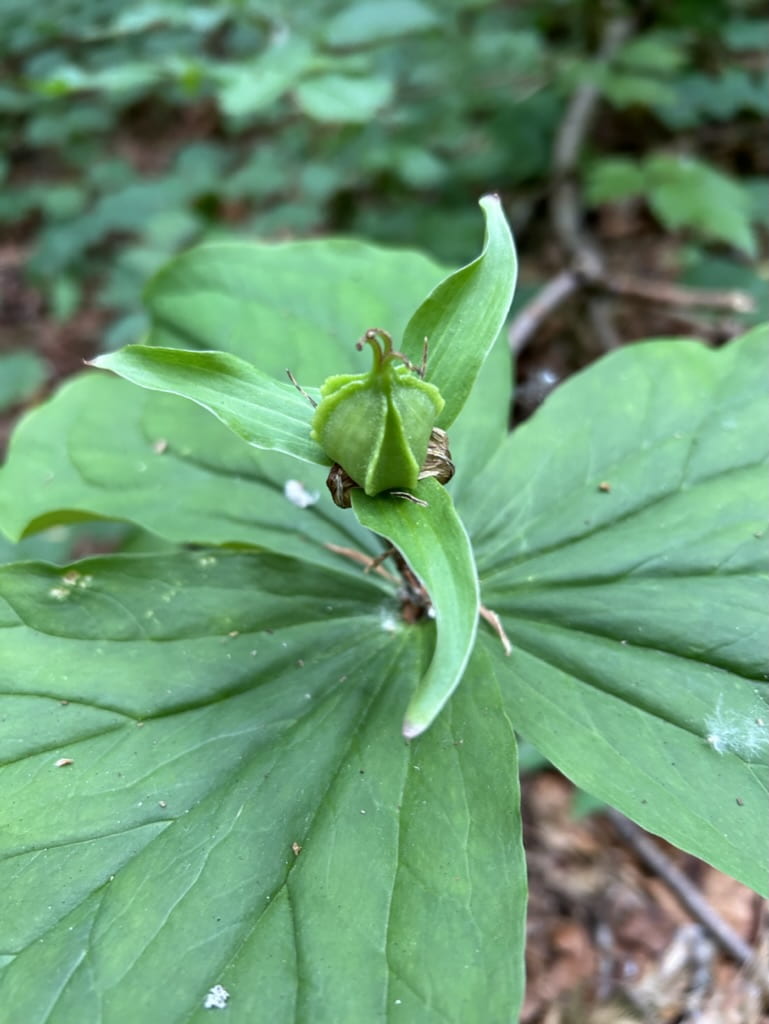
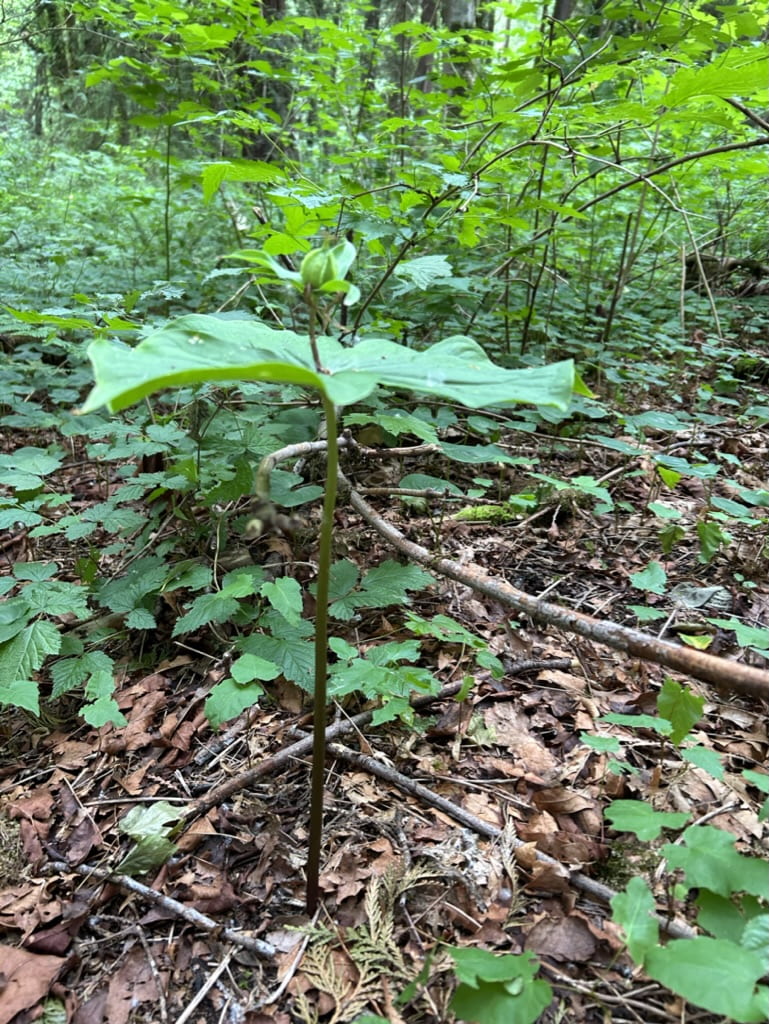

Western trillium can grow up to 50 cm (20 inches) tall. This is a slow-maturing plant, taking many years of growth before it will invest energy in flowering. I read that it could take 7 years to go from seed to flowering plant! This interesting plant spreads by rhizome (underground stem) and by seed. If you pay attention to where you find these flowering plants, you should notice that they are always in the shade. Add to the limited sunlight the fact that they survive with only 3 leaves above ground for part of the year and you come to understand why they are so precious.
Indigenous people used the fleshy rhizomes for medicinal purposes.
So head outside this week, or any week in spring, summer, or early fall, and look carefully for this beautiful, three-leaved, native flowering plant.
BOOKS I READ:
“***.” Gardening with Native Plants of the Pacific Northwest Third Edition, by Arthur R. Kruckeberg and Linda Chalker-Scott, Greystone Books, 2019, pp. ****
“Western Trillium” The Flora and Fauna of Coastal British Columbia and the Pacific Northwest, by Collin Varner, Heritage House Publishing Company Ltd., 2018, p. 63.